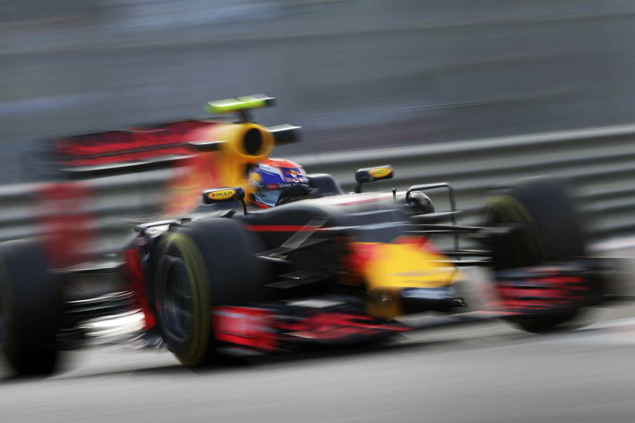#1 REASON FOR CONCERN: FASTER CARS DO NOT MEAN BETTER RACING
We shall start with a simple assessment: sweeping regulation changes might reshuffle the pecking order, they more often than not create bigger performance gaps instead of bunching up the field together.
“I think the reality is the longer you leave the regulations the same, the closer the teams get – and you are starting to see that now,” Ross Brawn, now serving as managing director, motorsport in Liberty Media’s new F1 management structure, told ESPN.
“Mercedes is still winning but people are starting to nip at their heels and more time with the same regulations would make that even closer I'm sure.
“When new regulations come, someone gets on top of them quicker than the rest and that was always what I tried to do, but that slope that comes flattens off and everyone else catches up.”
Stable regulations lead to performance convergence indeed, hence the decision to keep the current 1.6-litre V6 turbocharged power units until at least 2020.
Secondly, fielding faster cars, which is at the core of the 2017 overhaul, does not necessarily translate into having a better show since the increase in speed is hardly perceptible unless your eyes are glued to the time screens.
“If you think about making the cars faster what does it really mean?” wondered former Williams tech boss Pat Symonds in a wide-ranging interview with Motor Sport Magazine.
“Is a car that’s five seconds a lap quicker more exciting? Is it more difficult to drive? You see the answer every Friday when we go out in second practice, we’re all doing the same thing: we run first on quite low fuel then we fill the cars up to look at race performance.
“The difference in lap times is about four seconds. There are also some circuits where I think this year we’ve actually lapped around five seconds quicker than we did a couple of years ago and does anyone really notice it?”
So yes, the cars will look more aggressive and spectacular but lap time gains will be hard to spot and appreciate, especially on TV.







